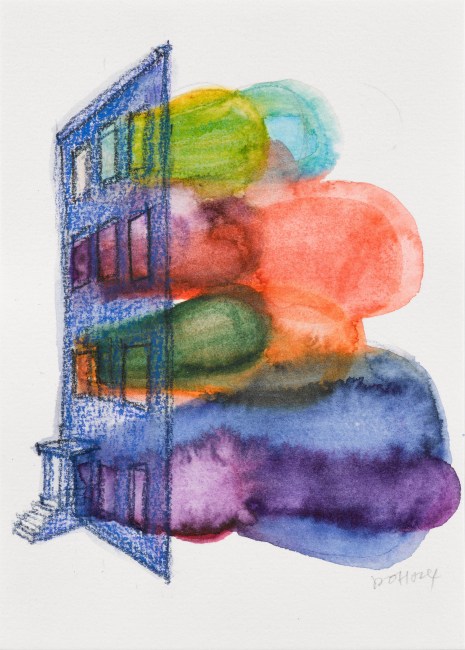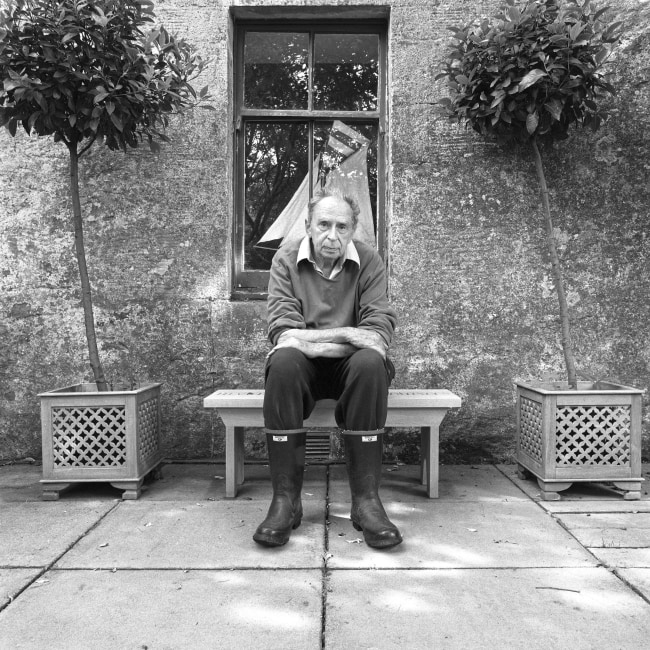Information
This exhibition features approximately five large-scale photographic works and the London premier of his most recent film Trick (2004). Thomas Demand's critically acclaimed solo show at the Museum of Modern Art, New York, is the first one man show in the newly re-opened space and continues until 30 May 2005.
Thomas Demand has said of his work "I'm combining a painter's and sculptor's concerns in a third medium photography". He begins with an image, usually although not exclusively, taken from a photograph culled from the media, which he reinterprets into a three-dimensional life-size model made from coloured card and paper. These models are photographed with a large-format-camera and the resulting photographs displayed unframed behind Plexiglas. Once they have been photographed the models are destroyed. His meticulous craftsmanship means that the photographs often look at first glance like real places. In her MoMA catalogue essay Roxana Marcoci observed, "…despite their illusionism, Demand's staged tableaux reveal the mechanisms of their making. Minute imperfections - a pencil mark here, an exposed edge there, and a wrinkle in the paper - are deliberately left visible. The lack of detail and cool, uniform lighting expose the whole as a construction. …The resulting pictures are convincingly real and strangely artificial".
Free from human presence, the spaces Demand represents are often historically loaded, although he offers few markers for interpretation. In the works exhibited at the Victoria Miro Gallery Demand refers to the media coverage of powerful current events. The titles of works such as Gate (2004), Kitchen (2004) and Attempt (2005) sound benign but they provide a neutral front for politically charged subjects. In his most recent work Attempt Demand has reconstructed from photographs the studio of an artist whom Baader-Meinhof terrorists targeted in the 1970s in order to blow up the house of the state's prosecutor next door. Gate is perhaps one of the most direct of Demand's recent interpretations of the role of the image between reportage, document and its concurrent mystification. Taken from the perspective of a surveillance camera, it shows the customary objects of airport security: the empty runs, trays, rollers, tables and x-ray machines, a non-space intended to process people on their journey. In Kitchen Demand depicts a scruffy kitchen filled with pots, pans and plastic utensils that is taken from a media photograph of former Iraqi leader Saddam Hussein's hideaway where he took refuge during the American invasion of Iraq in 2003. As in Gate and Attempt this almost trivial space turns out be a coded representation of a political incident, or as the critic Neville Wakefield recently observed, Demand "proposes prosaic architecture as silent witness to the pathologies of social disturbance".
Trick (2004), the artist's latest 35mm film, refers back to the beginnings of cinema and is based on one of the first films of the Lumière brothers, Assiettes tournantes (Turning Plates) of 1896. Demand's Trick re-creates a sequence in which a performer executes a stunt by spinning a set of bowls and plates on a tabletop. As in his photographs Demand enhances the artifice of the illusion by presenting the spinning dishes in the absence of a performer.





